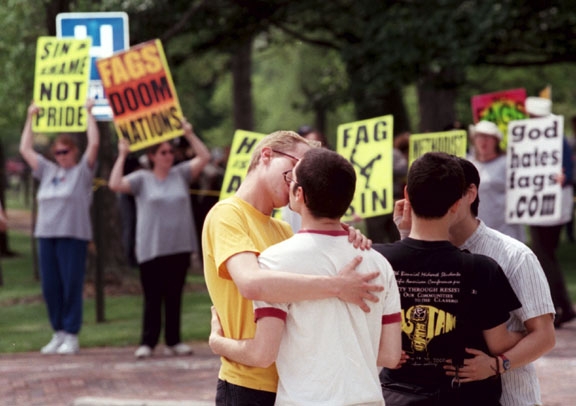In 1963, George Wallace, the then-Governor of Alabama, delivered a speech that would reverberate through the annals of history. His statement – “Segregation Now, Segregation Tomorrow, Segregation Forever” – was, and continues to be, emblematic of a strain of divisiveness that ran deep in the American South, and arguably, still permeates parts of American society. Today, a similar struggle for visibility, acceptance, and equal rights is being waged by the LGBTQ+ community.
Although the specifics of the fight for racial equality and LGBTQ+ rights differ, they are both rooted in a shared struggle against marginalization, discrimination, and the persistent belief in the superiority of one group over another.
The parallel between Wallace’s stance on segregation and the push by some today to reduce the visibility of the LGBTQ+ community is stark.
Just as Wallace sought to preserve a racial status quo that disenfranchised African-Americans, there are some today seeking to maintain a heteronormative status quo that marginalizes the LGBTQ+ community. As Wallace used the rhetoric of states’ rights to justify segregation, some politicians today use the language of religious freedom or traditional values to justify discriminatory policies against the LGBTQ+ community.
In numerous states, we’ve seen efforts to enact “bathroom bills” that would restrict transgender individuals’ access to public restrooms. There’s also been a wave of legislation aiming to limit discussions about LGBTQ+ issues in schools, under the pretext of protecting children, similar to the way Wallace spoke of protecting the ‘Southern way of life.‘
It’s essential to underscore that these comparisons don’t equate the experiences of African-Americans in the Jim Crow South with those of the LGBTQ+ community today. The struggles are unique and distinct, but the mechanisms of discrimination echo each other, and it’s important to learn from history.
But there’s another part of Wallace’s story that provides a glimmer of hope.
In the latter part of his life, Wallace expressed remorse for his segregationist past. He apologized to African-Americans for his actions and even went on to win his final term as governor with significant African-American support.
While Wallace’s change of heart doesn’t erase the harm he caused, it serves as a powerful reminder that people and societies can change. It’s a reminder that the pushback against LGBTQ+ visibility today doesn’t have to be the norm tomorrow.
In conclusion, as we reflect on the resistance faced by the LGBTQ+ community, George Wallace’s legacy offers a poignant historical reference point. The fight for LGBTQ+ visibility is a continuation of the broader struggle for human rights – a struggle that is ongoing, dynamic, and vitally necessary. We should be learning from our past, not repeating it. The fight for visibility, acceptance, and equal rights is one we must continue until true inclusivity is achieved.

Comments are closed